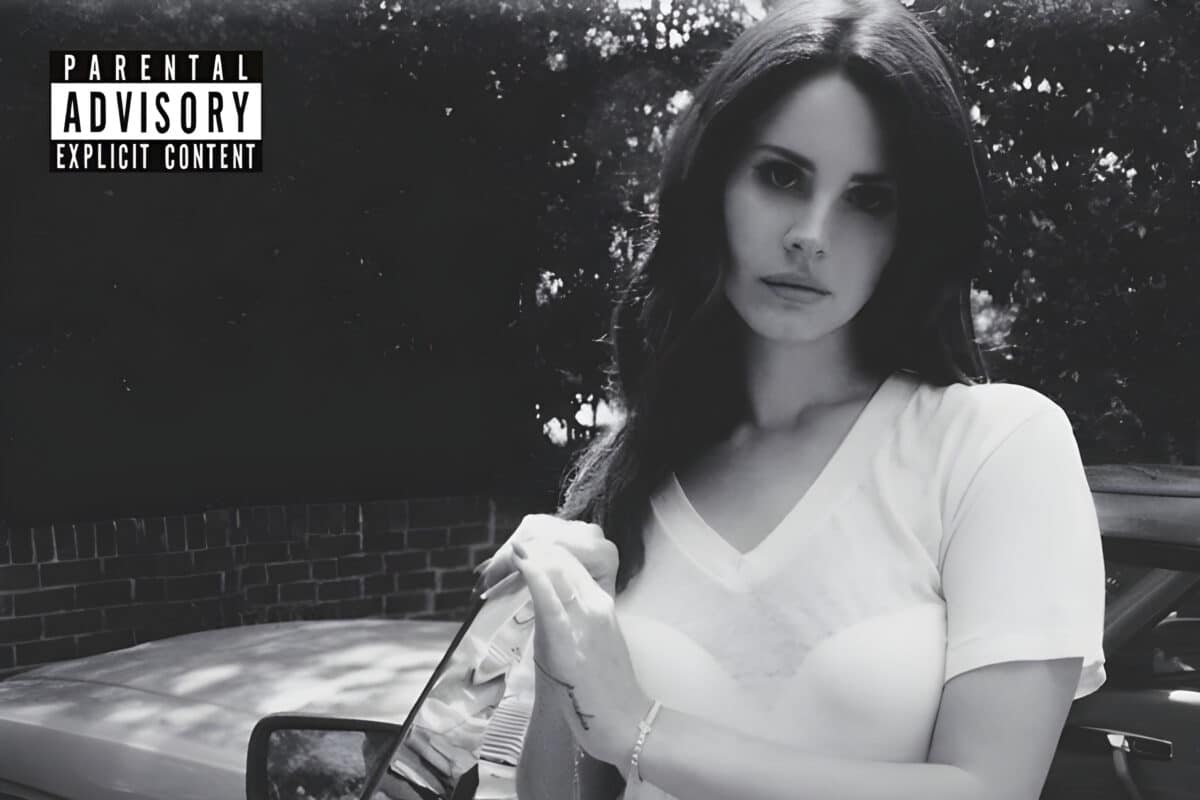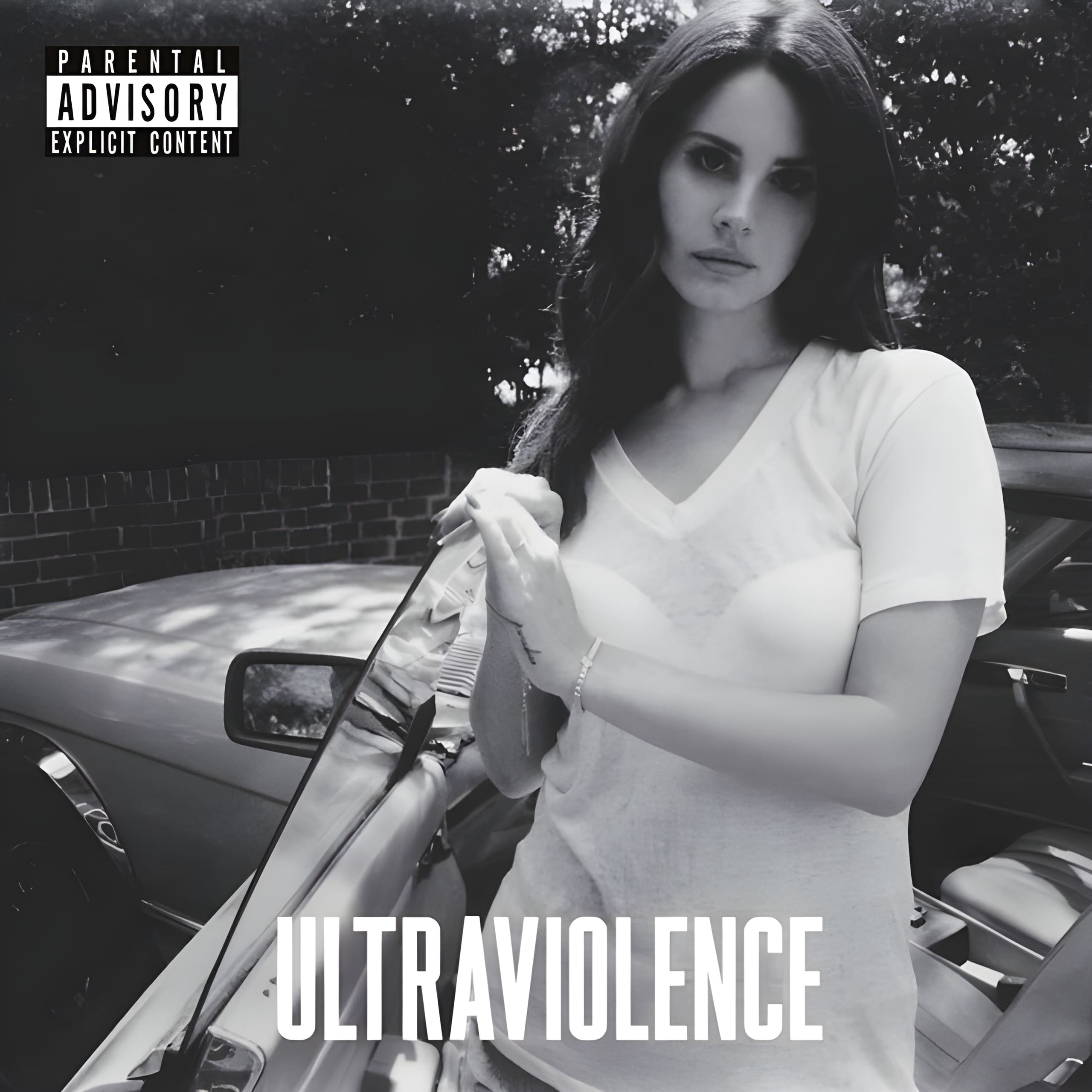Released: 2014
Lana Del Rey’s “Sad Girl” is a haunting ballad that dives deep into the complicated emotions of being the other woman. Through her melancholic melody and vivid lyrics, Del Rey explores themes of love, secrecy, and self-reflection. It’s a daring look at the sides of romance that aren’t always pretty, wrapped in Del Rey’s signature dreamy-pop style.
The song starts with the stark confession of being a “mistress on the side”, suggesting a secret relationship. Del Rey isn’t just talking about any kind of love here; she’s diving into the taboo, the kind that society frowns upon. The mention of “fools like you” suggests a defiance against judgment from outsiders who don’t understand the complexity of her feelings or the depth of her connection.
Repeatedly, Del Rey emphasizes, “You haven’t seen my man,” highlighting a personal conviction that if others saw him through her eyes, they might understand why she accepts her role. These lines underscore a sense of isolation but also a unique pride in her love, no matter how frowned upon it is. The reference to “He’s got the fire” signifies a passionate and intense relationship, defining her lover’s character as vibrant and compelling, which justifies her emotional investment.
The chorus, with its repetitive declaration of being a “sad girl,” and a “bad girl,” serves a dual purpose. It’s both an admission of her sorrow over the situation and a reclaiming of agency—embracing her choices despite the societal stigma attached to them. The “Bonnie on the side” lyric draws a parallel to Bonnie and Clyde, suggesting a ride-or-die type of loyalty, despite being just the “side” girl. The mention of “His money on the side” could imply that financial advantage is a part of the relationship’s dynamics, yet it’s clear it also brings sadness rather than fulfillment.
The bridge, “Watch what you say to me, Careful who you’re talking to,” adds an edge of warning. It reflects a moment of empowerment, making it clear that despite her vulnerable situation, she’s not one to be underestimated or pitied. The repeating of “I’m on fire, baby, I’m on fire” resonates with the earlier mentions of her lover’s fiery character, suggesting that she too embodies this passionate, vibrant energy, even if it leads her down a path of sorrow.
In closing, “Sad Girl” by Lana Del Rey is more than a simple lament; it’s an exploration of the complexities of love that exists in the shadows. Through echoing the depths of her bittersweet experience, Del Rey invites her listeners into a world where love, no matter how flawed, is still intensely beautiful. She crafts a narrative that’s as much about personal strength and identity as it is about the pain of untraditional love, leaving a lasting impression of melancholy draped in musical elegance.








